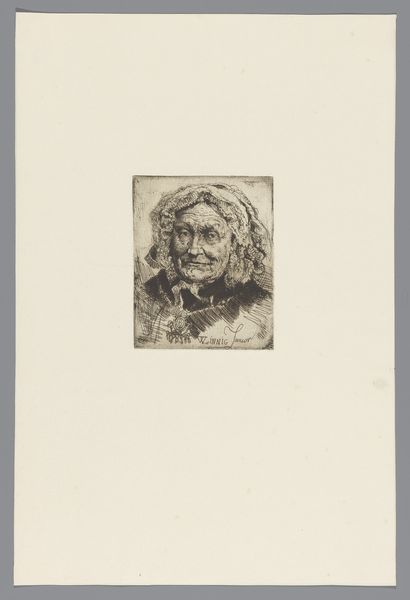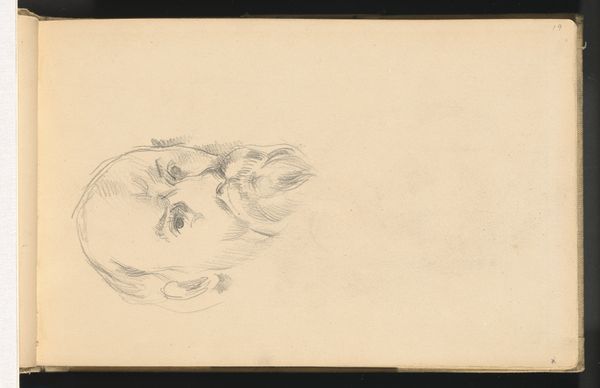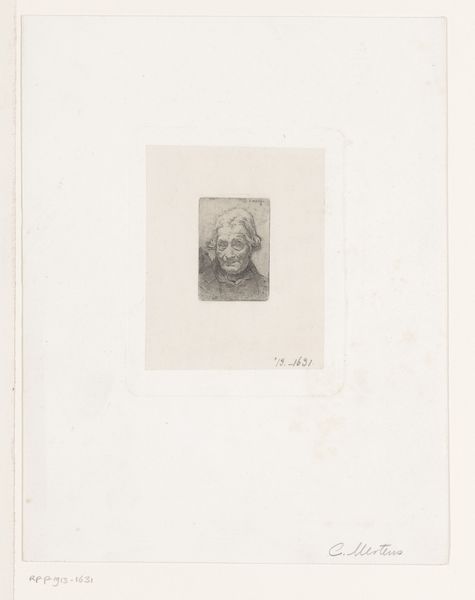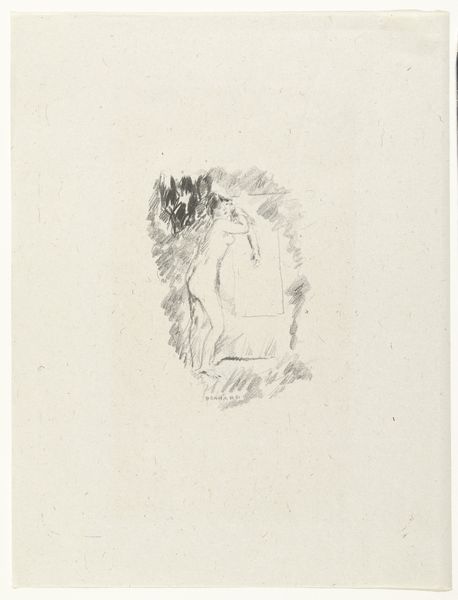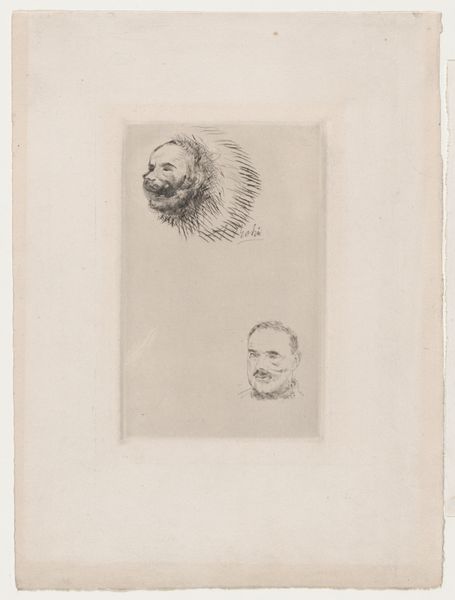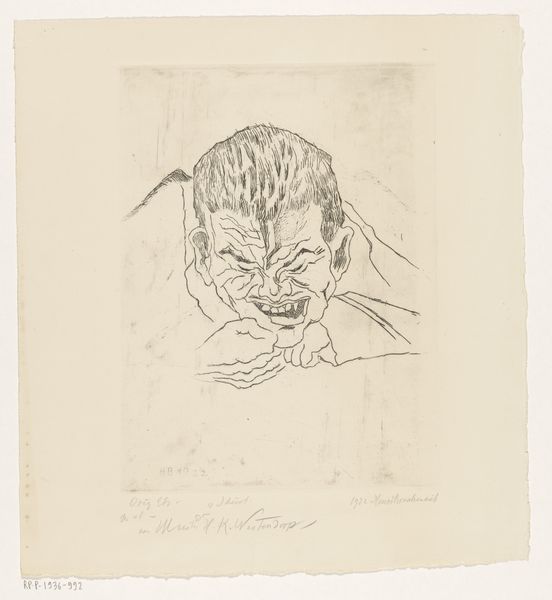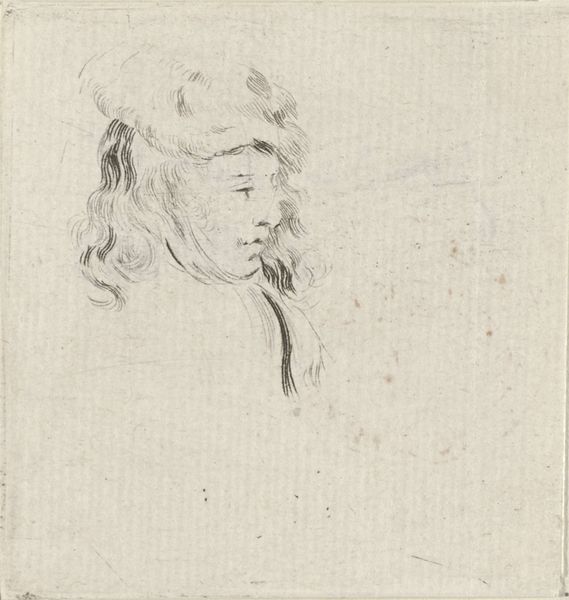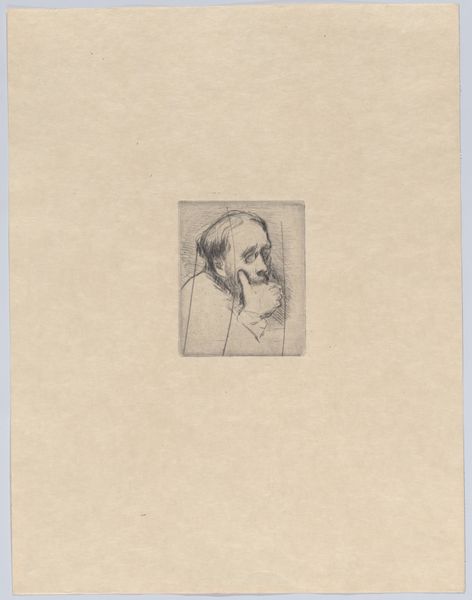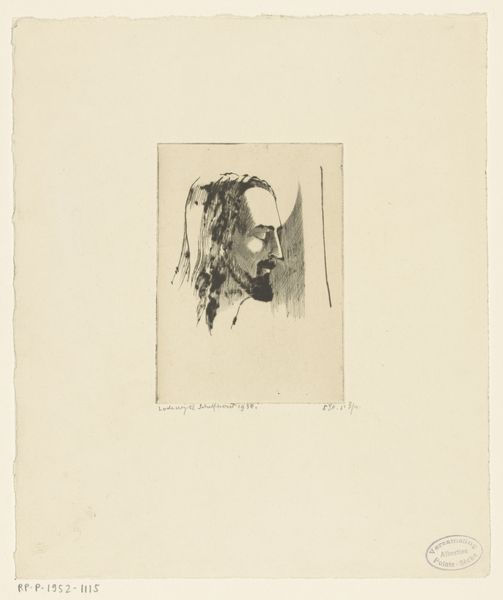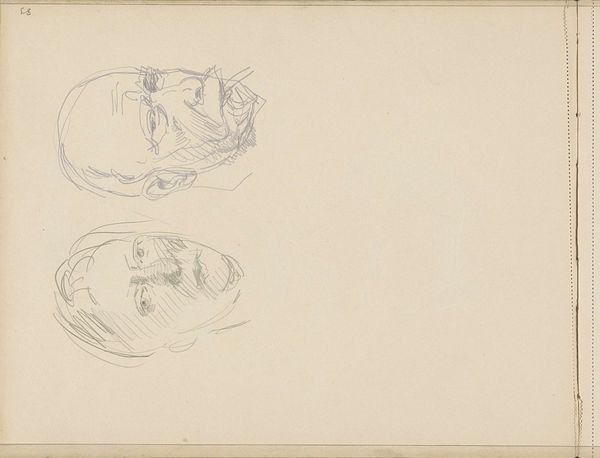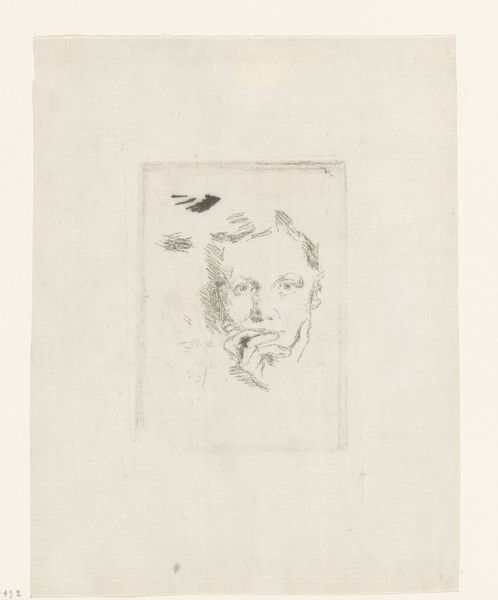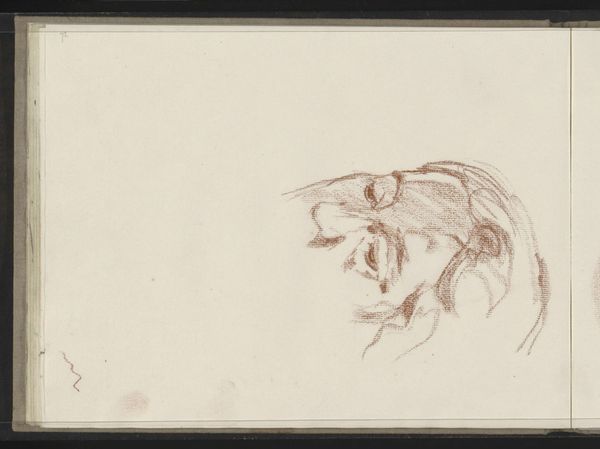
drawing, pencil
#
portrait
#
drawing
#
baroque
#
pencil sketch
#
figuration
#
pencil
Dimensions: height 127 mm, width 87 mm
Copyright: Rijks Museum: Open Domain
Editor: So this is Jan Lievens' "Portrait of Constantijn Huygens I", created sometime between 1617 and 1674. It’s a pencil drawing, and I find it quite intimate, almost like a stolen moment. What do you see in this piece? Curator: It’s fascinating to consider this portrait through a lens that acknowledges Huygens's social position and influence. His clothing, though sketched, signals a certain status, a connection to power. How might this drawing be read as an assertion or perhaps even a critique of the established social order of the time, particularly considering Lievens's own position in the artistic landscape? Editor: That’s a perspective I hadn’t considered. I was focused on the simplicity of the lines. Do you think the unfinished quality plays a role? Curator: Absolutely. The very act of choosing to portray a figure like Huygens in a seemingly unfinished, raw sketch challenges conventional notions of portraiture and representation, and the established class structures of the era. What statements might Lievens be making by not idealizing his subject, by presenting him with such apparent directness? Who was this portrait for and what meaning would they extract? Editor: So, it’s not just a portrait of a man, but a commentary on class and artistic representation? Curator: Precisely. The use of pencil itself, a less ‘refined’ medium than oils, opens avenues for discussion around artistic labor and accessibility. What if the seemingly mundane is indeed powerful? The details can shift how we perceive history. What did you learn about this drawing? Editor: To really question what seems like a straightforward image, to unpack its potential for social commentary. Thank you! Curator: And for me, a reminder that art can question, that portraits need not conform to power structures.
Comments
No comments
Be the first to comment and join the conversation on the ultimate creative platform.

